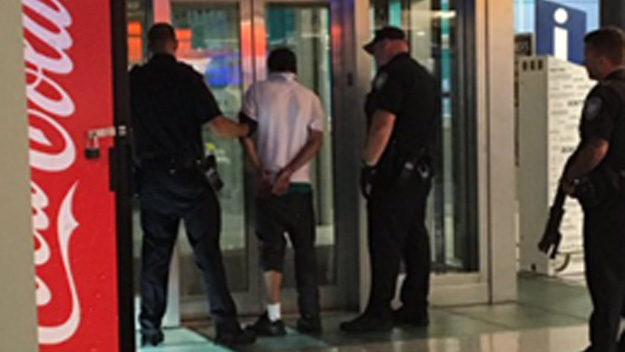

NJT now operates every passenger and commuter rail line in the state except for Amtrak the Port Authority Trans-Hudson (PATH), which is owned by the Port Authority of New York and New Jersey the PATCO Speedline, which is owned by the Delaware River Port Authority two SEPTA Regional Rail lines, the West Trenton Line and the Trenton Line and a handful of tourist trains in the southern and northwestern parts of New Jersey. Conrail had operated two extensive commuter railroad networks in northern New Jersey under contract to NJDOT in turn, these lines were the successors of numerous commuter routes dating from the mid-19th century. In 1983, NJT assumed operation of all commuter rail service in New Jersey from Conrail, which had been formed in 1976 through the merging of a number of financially troubled railroads. In addition to routes run by NJT, it subsidizes and provides buses for most of the state's private operators providing fixed route or commuter service, such as Coach USA, DeCamp, Lakeland, and Academy. In southern New Jersey, most routes are arranged in a "spoke-and-hub" fashion, with routes emanating from Trenton, Camden, and Atlantic City. In northern New Jersey, many of the bus routes are arranged in a web. It gradually acquired most of the state's bus services.

It came into being with the passage of the Public Transportation Act of 1979 to "acquire, operate, and contract for transportation service in the public interest." NJT originally acquired and managed a number of private bus services, one of the largest being those operated by the state's largest electric company, Public Service Electric and Gas Company. NJT was founded on July 17, 1979, an offspring of the New Jersey Department of Transportation (NJDOT), mandated by the state government to address many then-pressing transportation problems. A Pennsylvania Railroad class GG1 train, built for the Pennsylvania Railroad in the 1930s–1940s, hauls a commuter train into South Amboy station in 1981


 0 kommentar(er)
0 kommentar(er)
